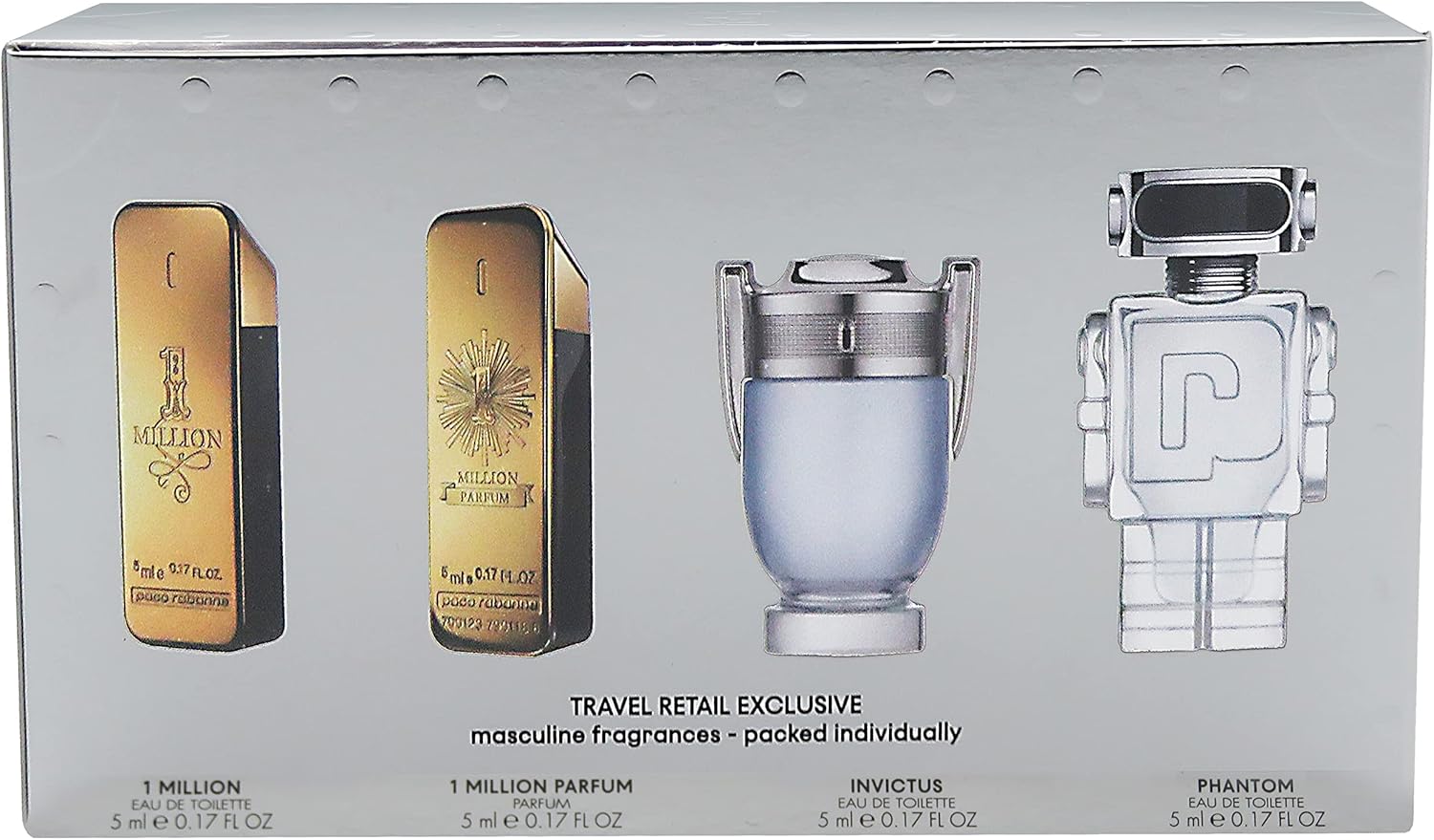PACO RABANNE 4 PCS MINI SET
- Brand: Unbranded

Description
the photography may be of a different size of the same product. Please read the product description
Paco Rabanne 4 Piece Mini Splash Gift Set for Men .17 oz. Paco Rabanne 4 Piece Mini Splash Gift Set for Men .17 oz.
these terms and conditions in full. If you disagree with any part of these terms and conditions, do Our liability is limited and excluded to the maximum extent permitted under applicable law. We will
not be liable for any direct, indirect or consequential loss or damage arising under these terms and
- Fruugo ID: 258392218-563234582
- EAN: 764486781913
-
Sold by: Fruugo
